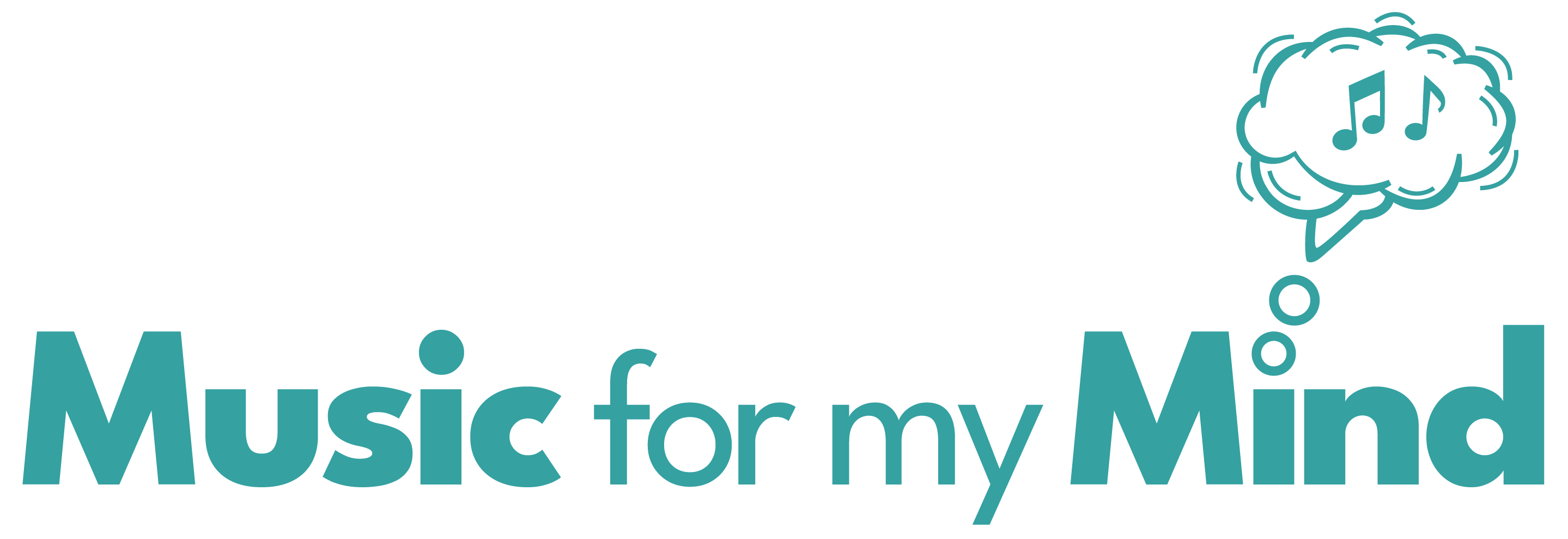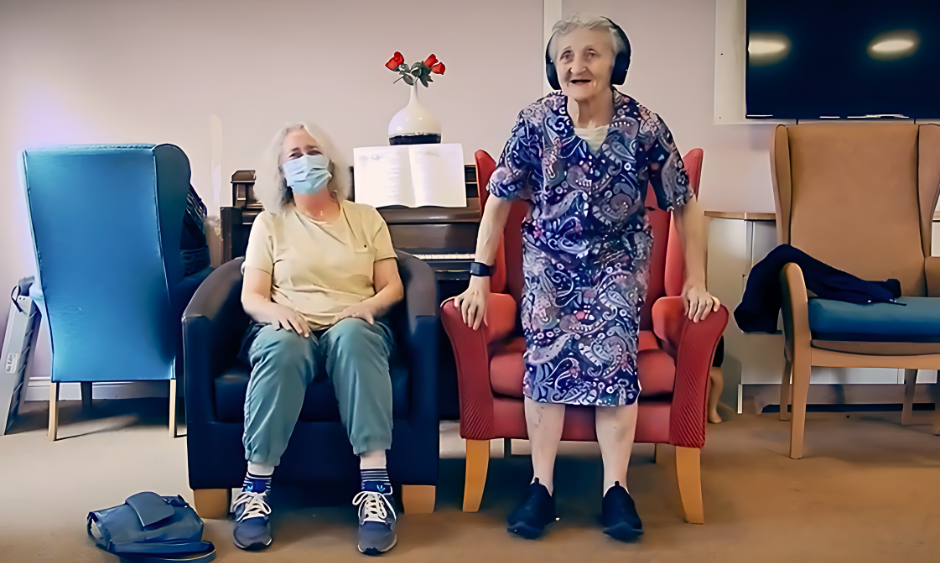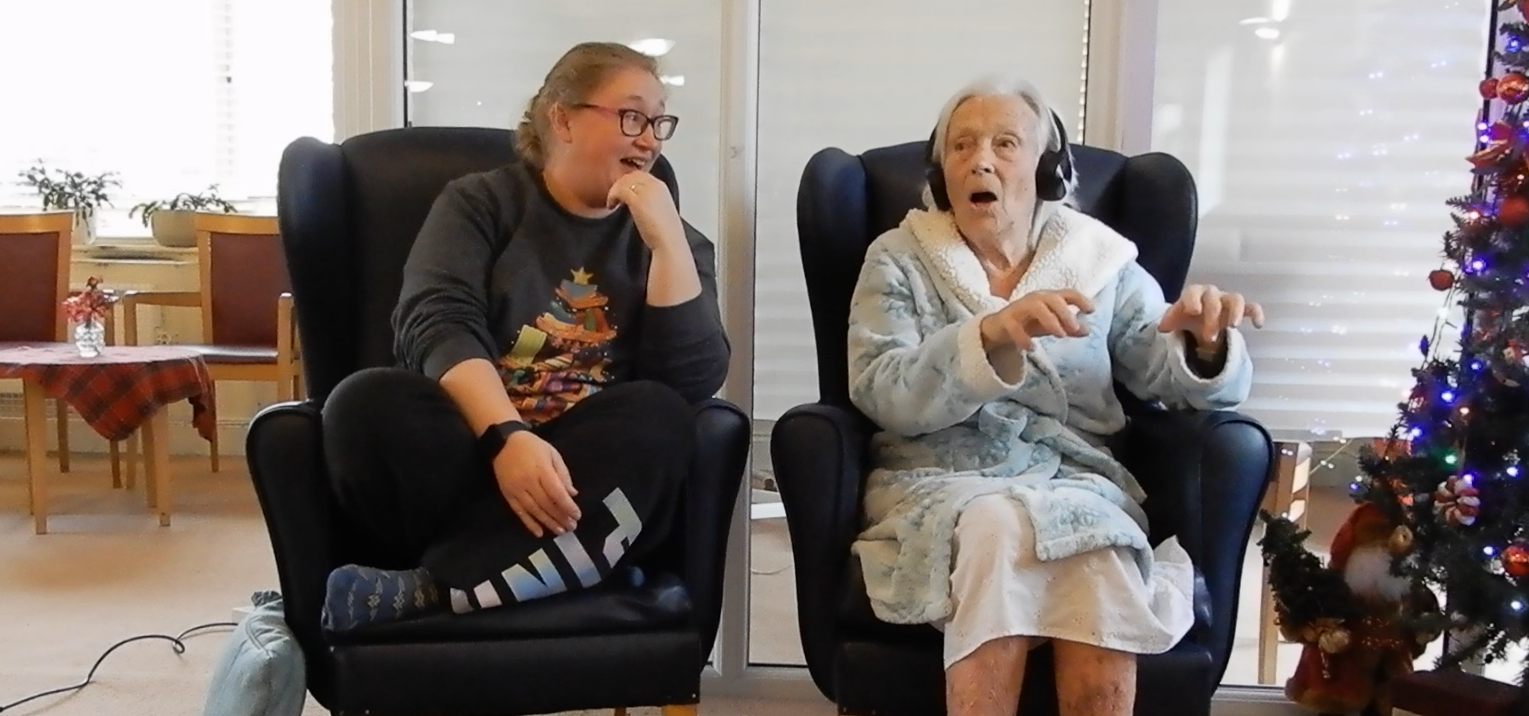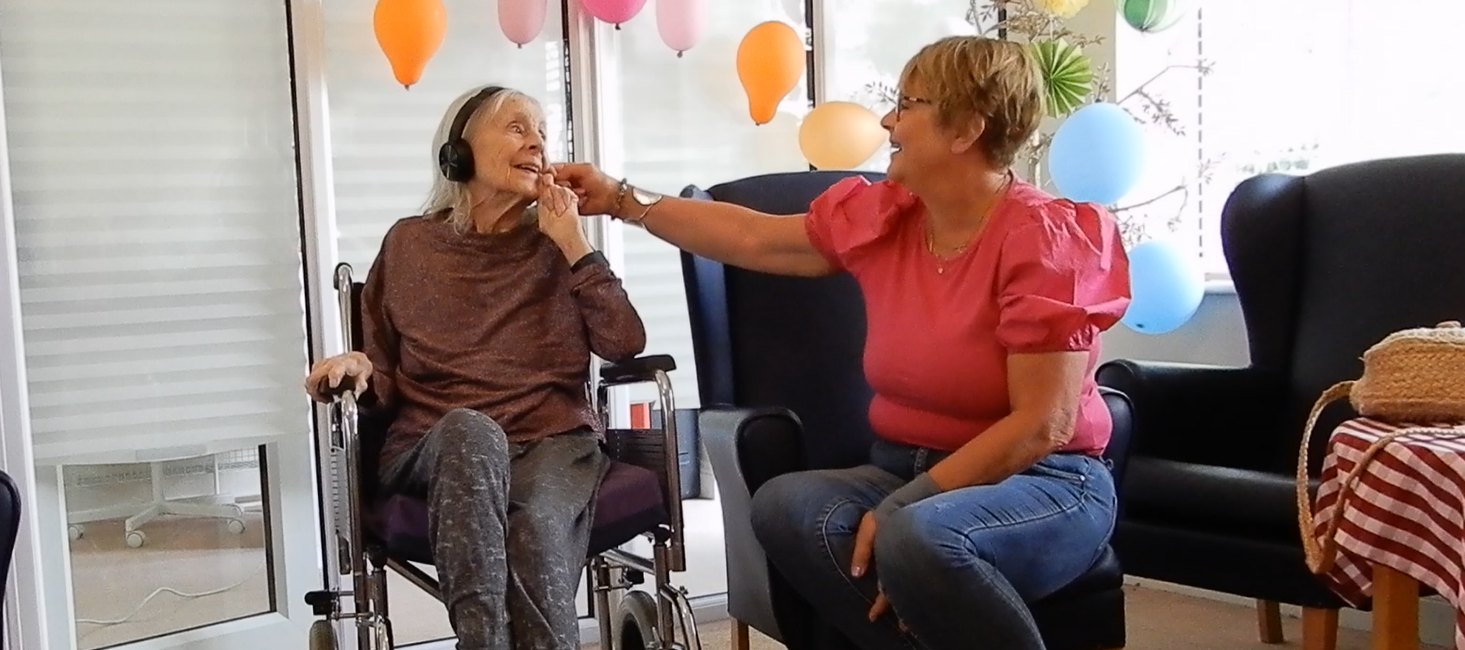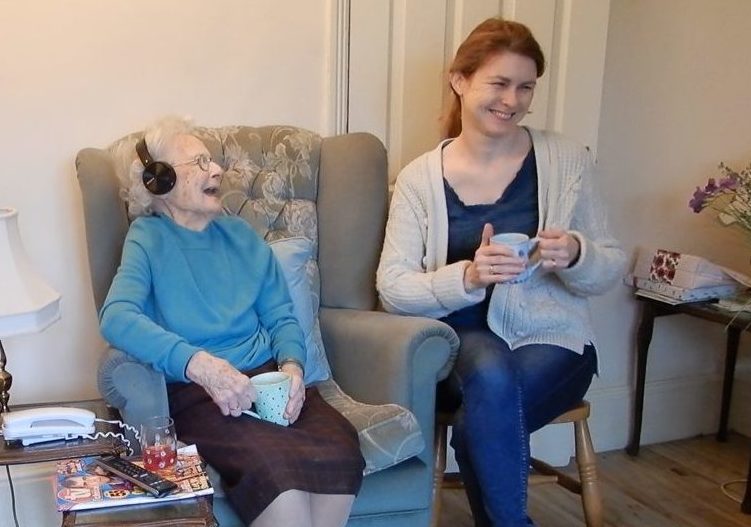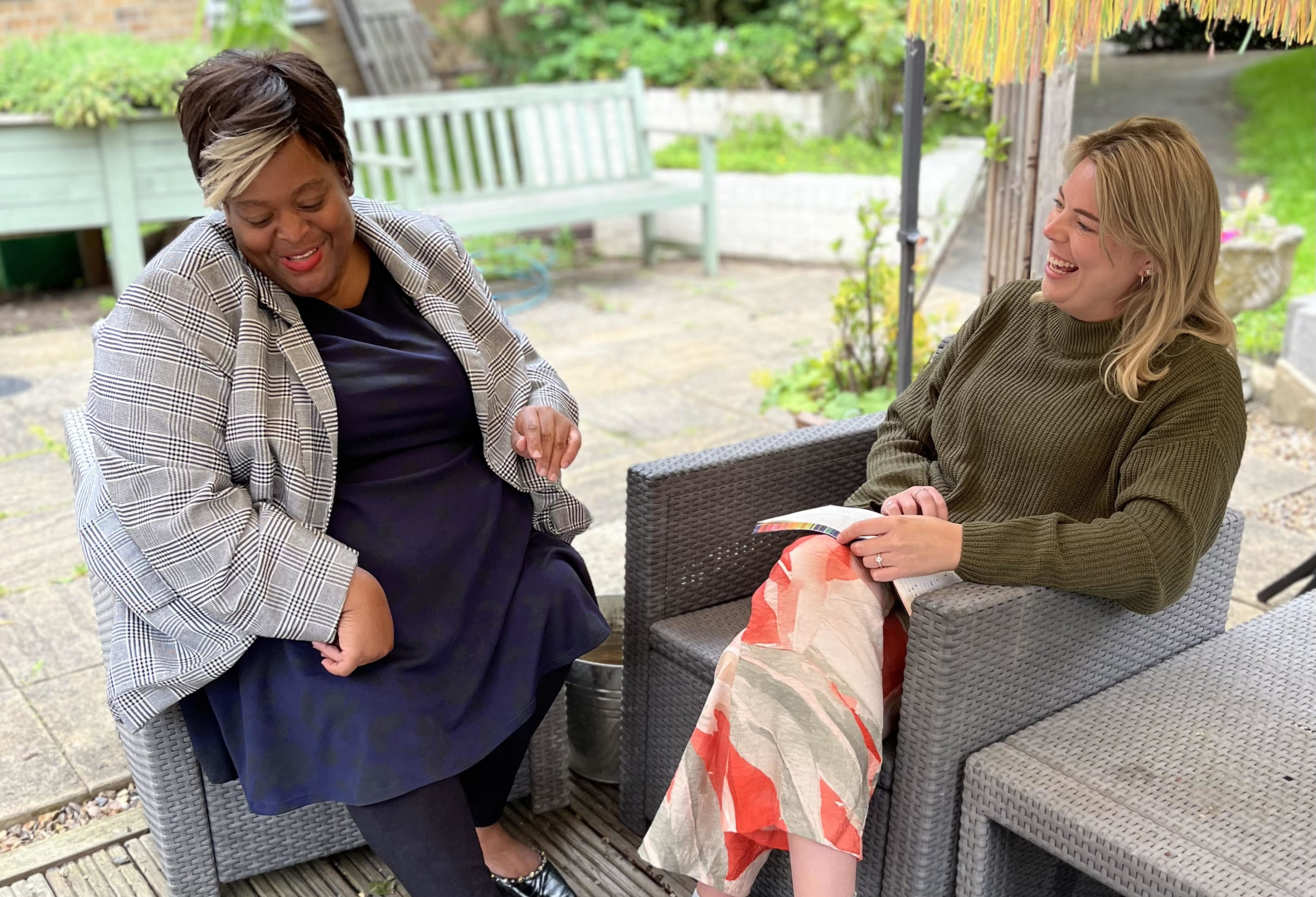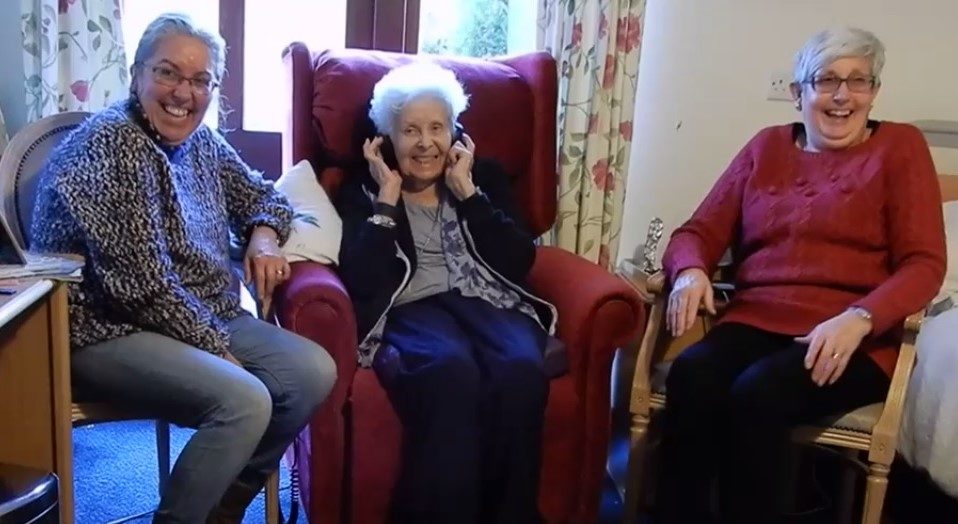How regularly listening to music from our teenage years can significantly boost memory, mood, and wellbeing for people living with dementia.
Continue readingHow Your Donations Help Boost Our Efforts And Help Families Feel Better
Read how MFMM uses your the money you donate to improve the well-being of the families it supports. And a huge thank you to everyone who supports the charity!
Continue readingPersonalised Playlists and the Story Behind Music for My Mind
Read why we created the Playlist Maker and why taking it to scale is so important for families affected by memory loss and dementia.
Continue readingMusic for my Mind accepts new grant from Dementia Research UK
MFMM is delighted to accept a second grant from Dementia Research UK to support project measuring effects of personalised music on people living
with dementia.
World Alzheimer’s Month 2024 – Time to Act on Dementia
Read about this year’s World Alzheimer’s Month theme – “Time to Act on Dementia, Time to Act on Alzheimer’s, and what it means to Music for my Mind.
Continue readingMusic for my Mind accepts grant from Dementia Research UK
MFMM is delighted to re-start a study using novel tech to measure effects of personalised music on people living
with dementia.
Interview with Care Home Manager, Coni – the impact of music on residents with dementia
“Music alone shall live, never shall die.” Watch care home manager, Coni talk about feeding the spirits of the residents in her care with music.
Continue readingMusic for my Mind and Quantum Care re-start study into effects of music in dementia care
MFMM is delighted to re-start a study using novel tech to measure effects of personalised music on people living
with dementia.
A Focus on the Reminiscence Bump – Publication.
Part 5 of our blog-series looks at writing and publishing the paper and how we can enact this information in other areas of MFMM’s research.
Continue readingA Focus on the Reminiscence Bump – Analysis.
Part 4 of our blog-series looks at drafting the paper, our pitfalls and failings, it coming together and the final discovery (and why this is important).
Continue reading
